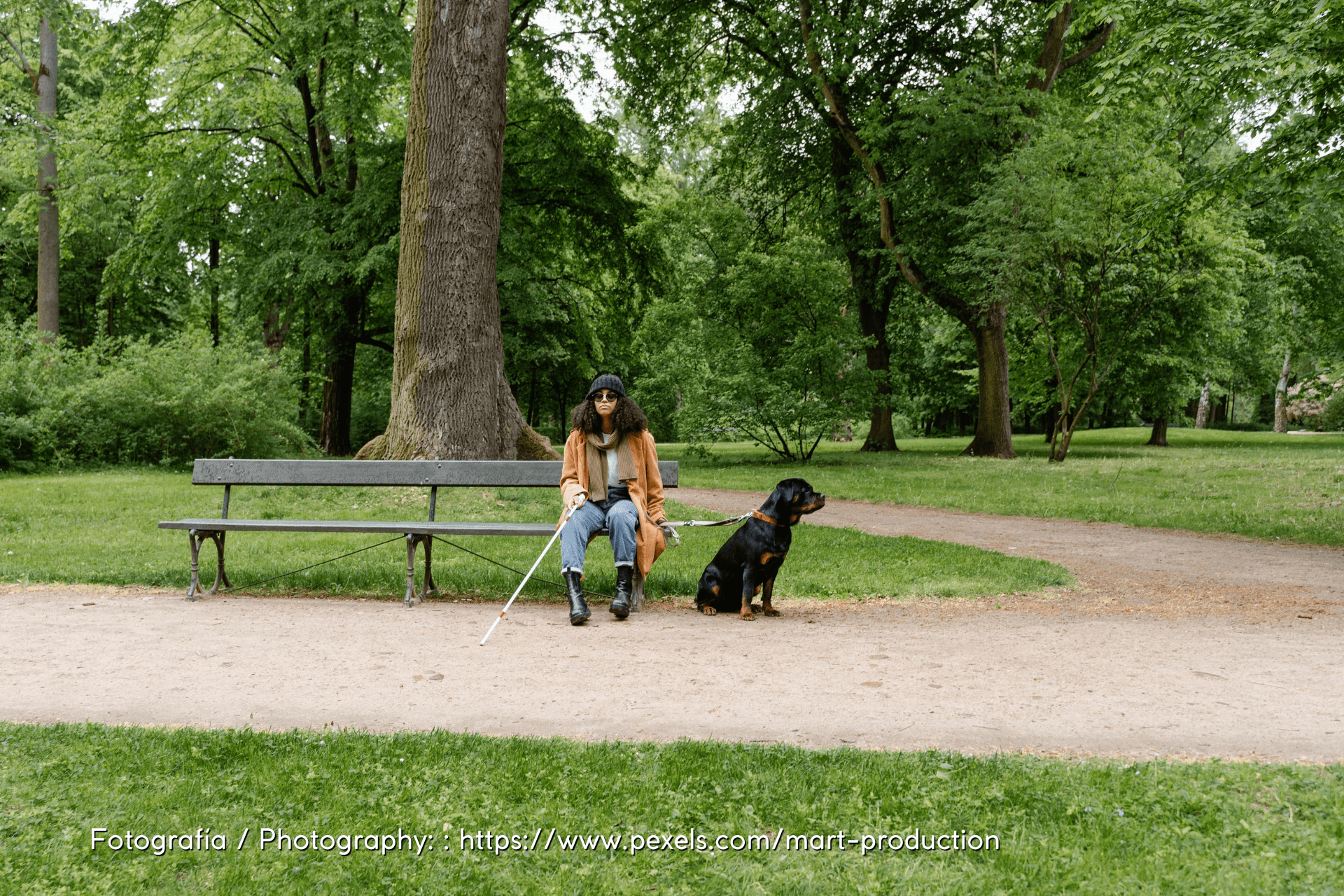
Landscape architecture, the path for social and spatial inclusion
In the article “Landscape architecture, the path for social and spatial inclusion”, Luis Martínez reveals to us the different plant species that contribute to stimulating the senses when used in landscape design.
Open spaces are the meeting points of society where leisure and recreational needs are satisfied, in addition to providing an approach to an enjoyment of nature, as well as offering environmental services to the urban environment.
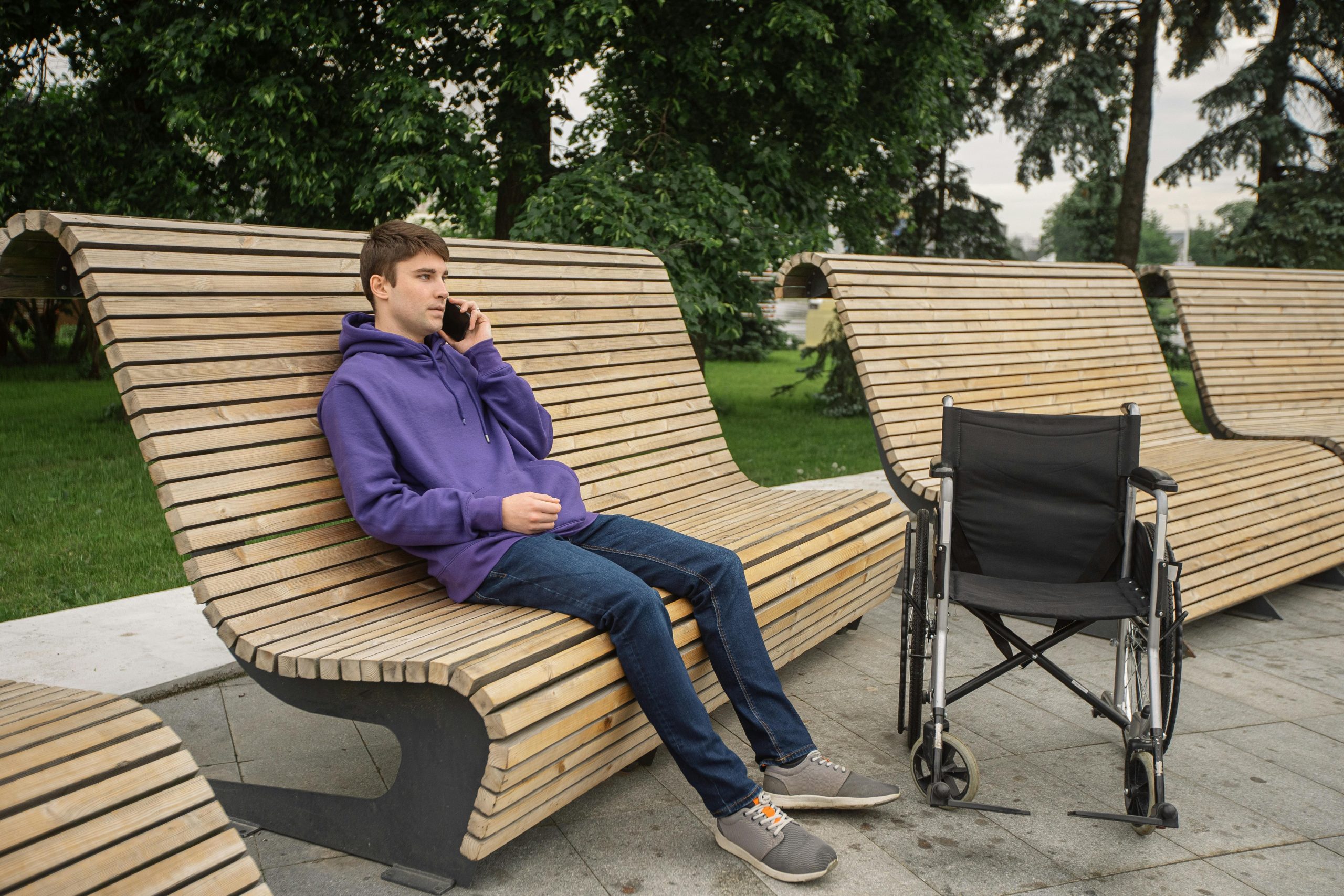
Ergonomic furniture.
Photography: pexels-shvets
These spaces, in their various typologies (parks, streets, medians, squares, etc.) represent the appropriate environment for fostering true social inclusion without physical and social barriers.
However, it is crucial that this inclusion results from proper project design and construction. The roles played by landscape architects, architects, industrial designers, and urban planners are essential, considering that accessibility involves the removal of physical barriers to enable People with Disabilities (PwD) to access and navigate the space.
Vegetation is the element that truly enhances the experience of inhabiting these spaces, establishing a significant difference in projects lacking universal design awareness.
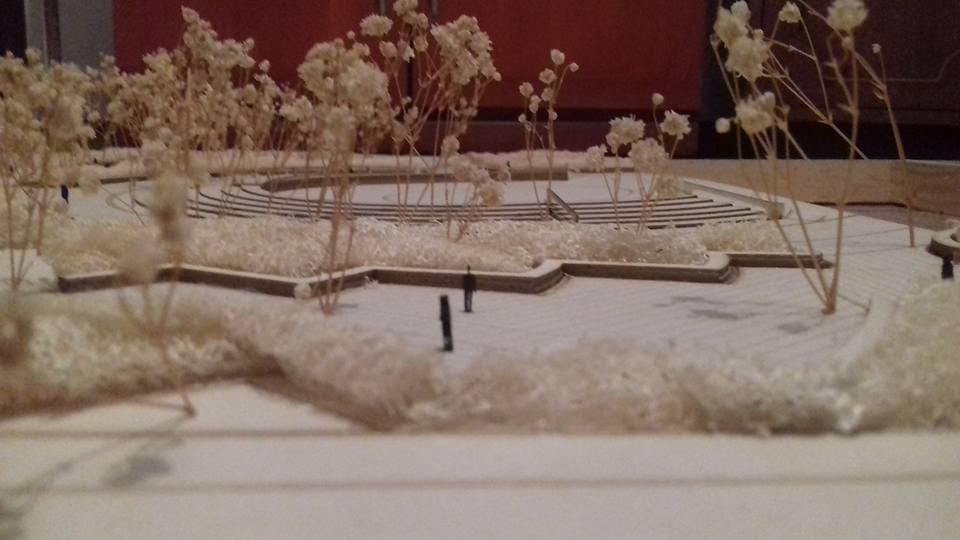
Scale model of Maguey Park.
Photography: Luis Martínez García
For example, the Maguey thesis project contemplates the rehabilitation of the case study where physical barriers that impede movement are eliminated. This follows the design parameters of current regulations to implement accessibility elements such as tactile guides, ramps with the appropriate slope, signage with Braille labeling, audible signage, adequate dimensions for circulation spaces, uniform pavements, and furniture that facilitates proper transfer movements.
Through inclusive design criteria, landscape architecture can achieve a space where no barriers of any kind exist, fostering the ability for the entire population to coexist and form a community.
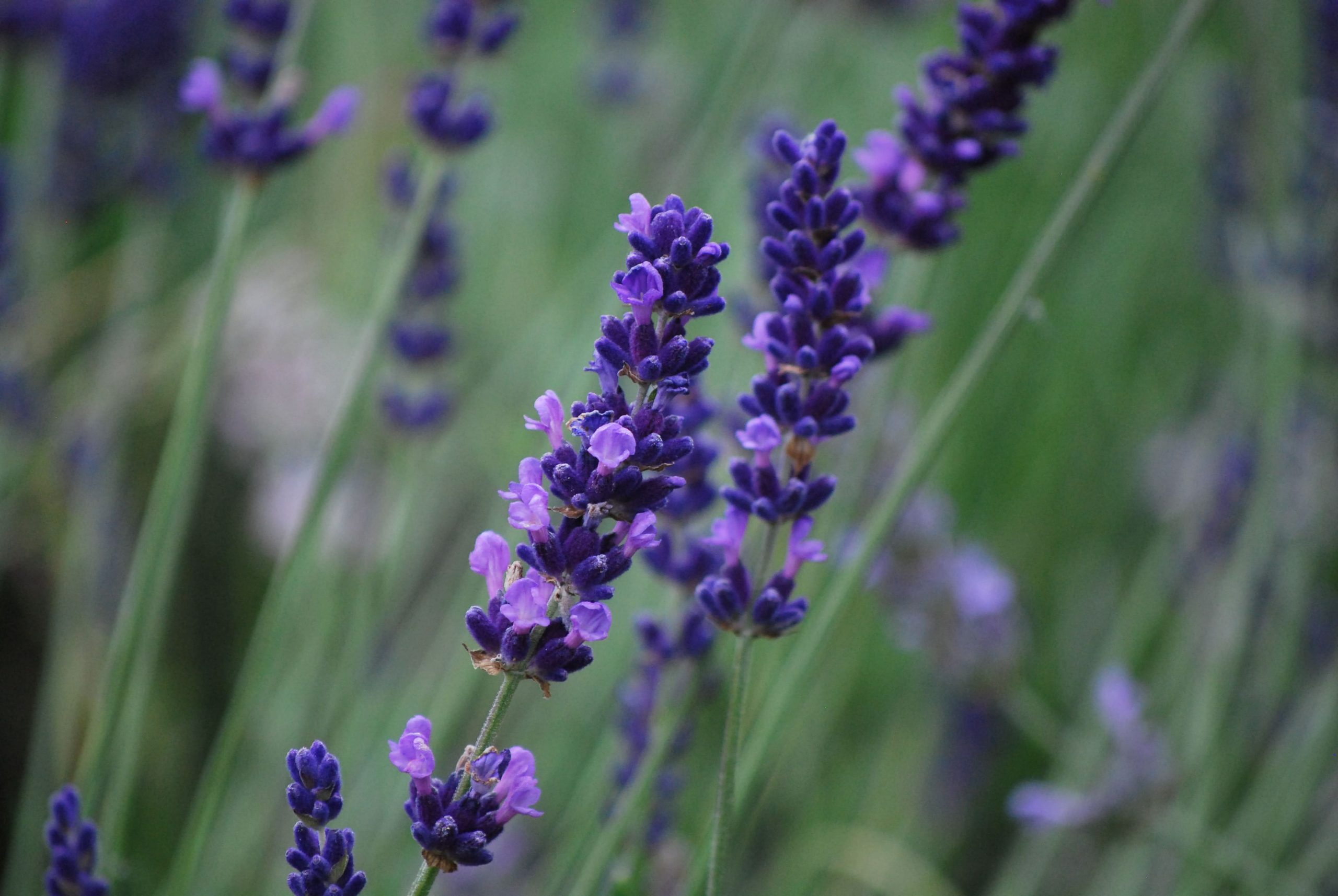
Lavandula angustifolia.
Photography: epicnom – (CC BY-NC 2.0)
The added value of landscape architecture lies in its capacity to provide meaningful stimuli to all individuals through the careful use of materials and vegetation.
This approach seeks to ensure that people living with disabilities can fully enjoy the space beyond mere traversal. These stimuli are achieved through essential design elements such as color, sound, texture, rhythm, and scent.
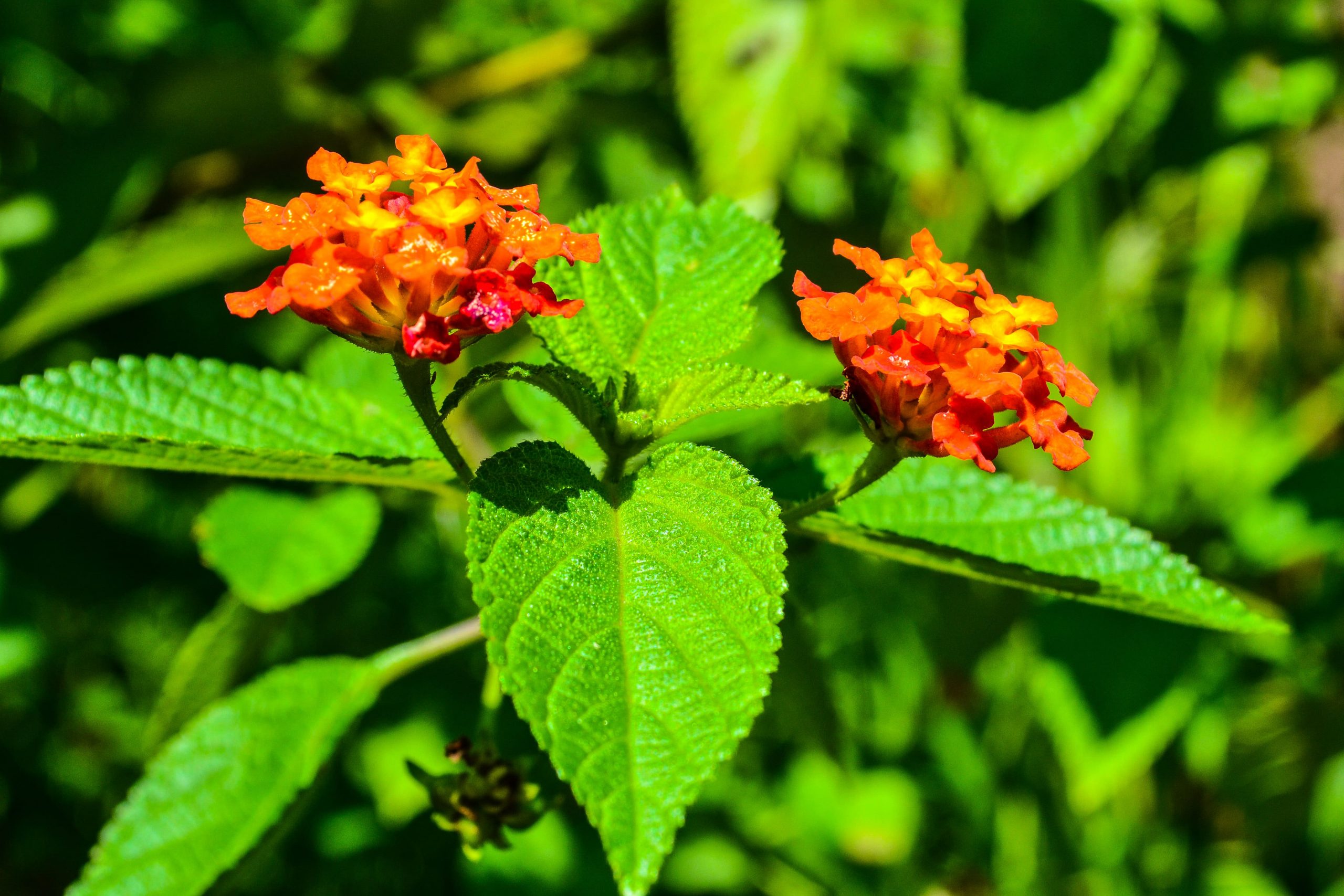
Lantana camara.
Photography: SulthanRA, CC BY-SA 4.0, via Wikimedia Commons
“Through inclusive design criteria, landscape architecture can achieve a space where no barriers of any kind exist, fostering the ability for the entire population to coexist and form a community.”
It is important to propose native or already established plant species, ensuring that their environmental requirements respond to the geographical area to which they belong. In the case of Mexico, species such as Lantana (Lantana Cámara), Mexican giant hyssop (Agastache mexicana), Rosemary (Rosmarinus officinalis), Society Garlic (Tulbaghia violacea), Scented geranium (Pelargonium graveolens), Lavender (Lavandula angustifolia), have a common characteristic: a pleasant aroma for the sense of smell.

Meditation in the park.
Photography: : pexels-mart
Species of the genus Agave sp, are excellent specimens for the sense of touch due to the texture and shape of their succulent leaves. Likewise, there are various edible species that stimulate the sense of taste.
There are also many options that manage to stimulate the sense of sight through their shape, color, texture in leaves, flowers, fruits and bark, emphasizing those that are deciduous, which in the fall-winter season show more intense colors. The use of elements such as water or musical sculptures can help stimulate the sense of hearing.
Geography represents a very important factor, since the distribution of native or established species as well as supply and demand in trade will be conditioned by the geographical location in which the action will take place. Therefore, the knowledge about which species can provide all these stimuli for people, will be established by the experience of the designers to establish a comprehensive project.
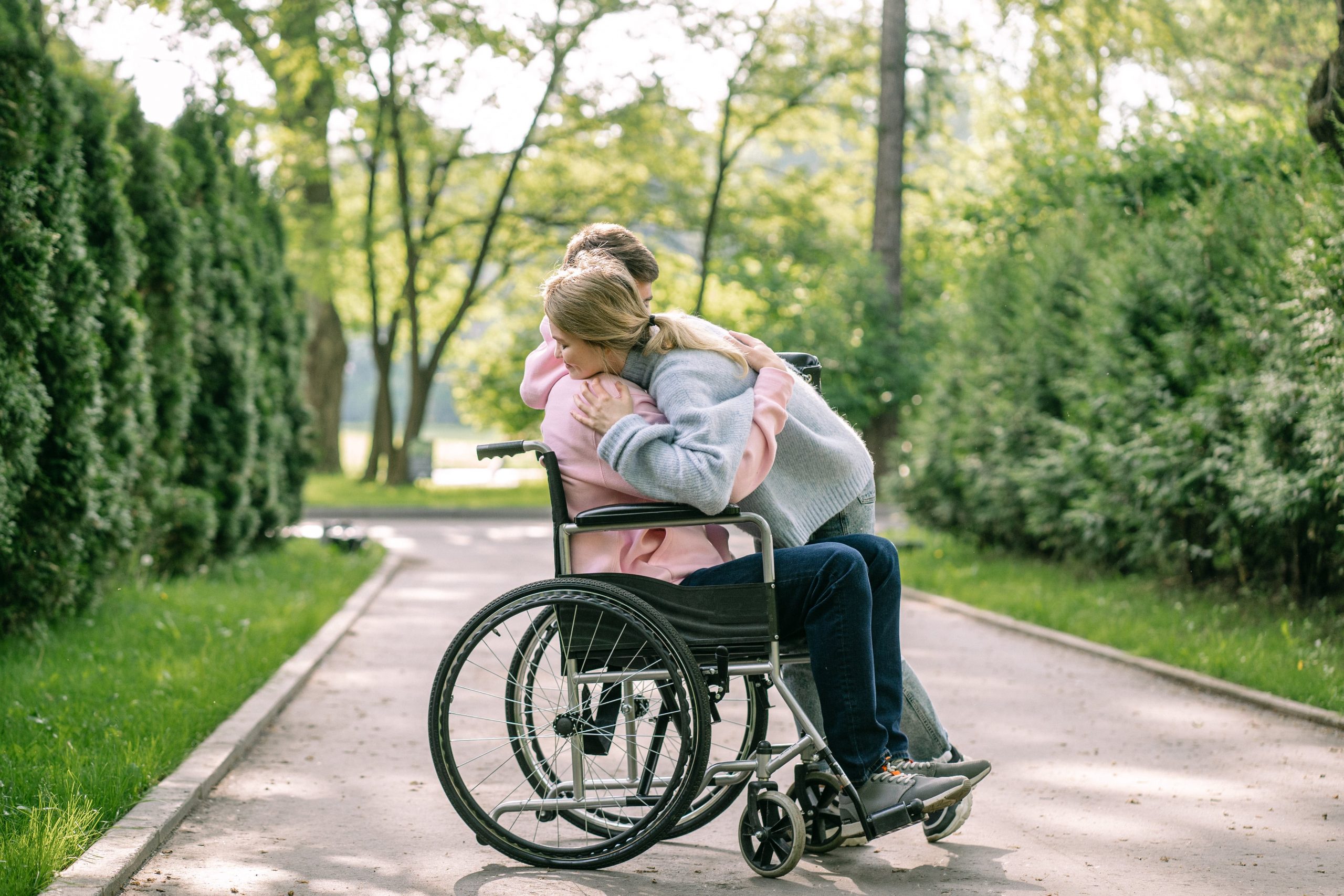
Social interaction.
Photography: pexels-shvets











